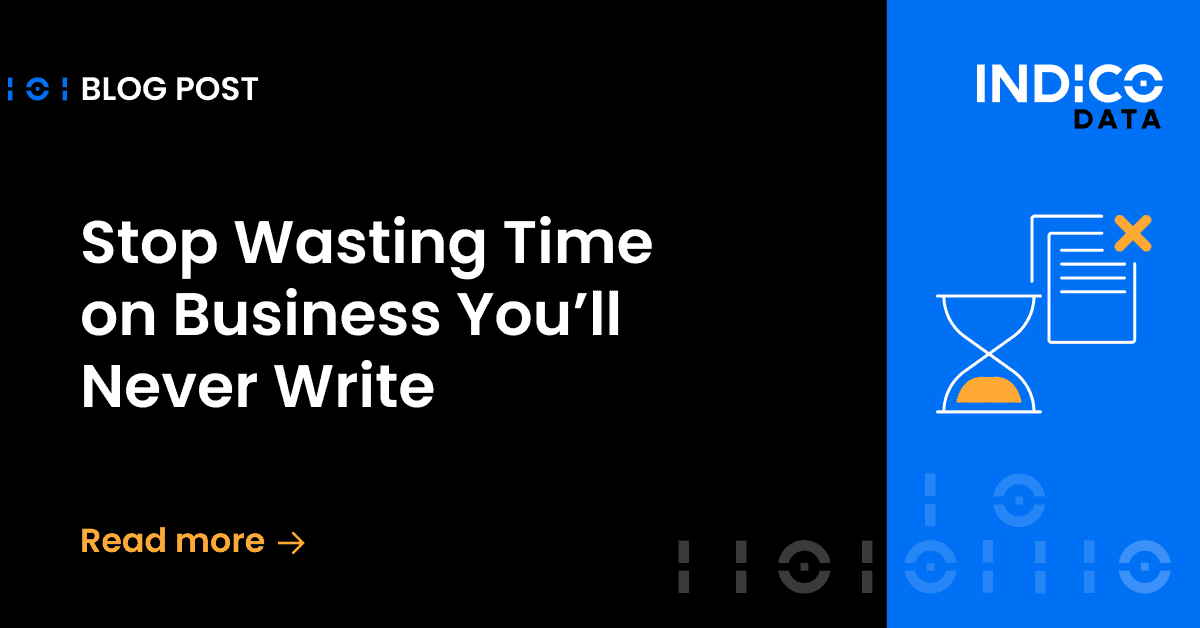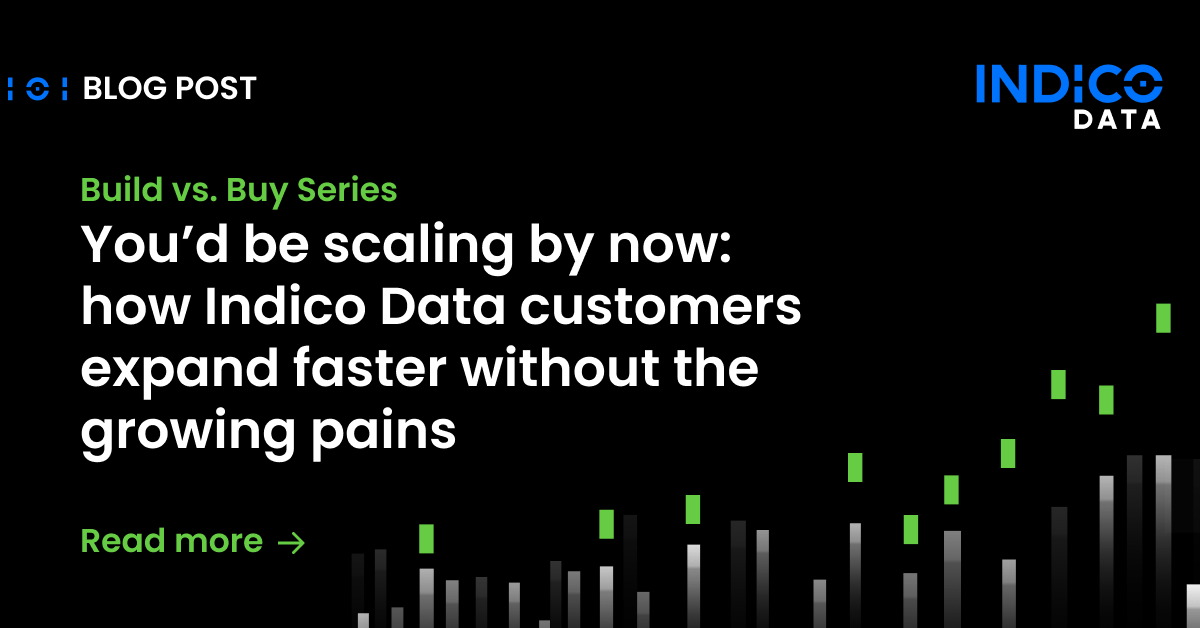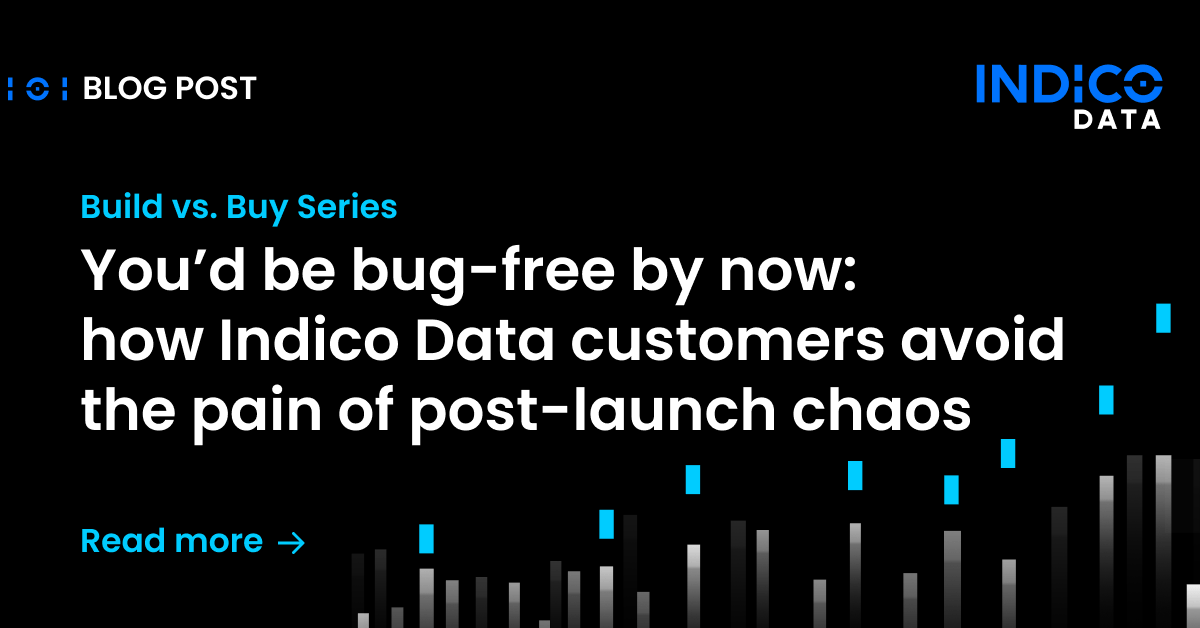In technology circles we talk a lot about how tech can make your employees more efficient, reduce costs and the like. Certainly valid points. But perhaps we don’t talk enough about the affect technology can have on the public face of your company, by making life easier for your clients and customers.
This was a point Art Borden raised in the most recent episode of my Unstructured Unlocked podcast. Borden has significant technology experience in the insurance industry, including work at Zurich Insurance, leading business analysis efforts for the creation and deployment of business process management workflows for its enterprise underwriting processes.
Listen to the full podcast here: Unstructured Unlocked episode 9 with Art Borden
A big part of Borden’s responsibility was adding velocity by modernizing the underwriting function.
“You really are trying to enable an underwriter to make their decisions faster with more confidence and less touch back to the insured or the insured’s broker,” he said.
Commercial insurance companies typically deal with brokers, not the individual companies that are actually being insured. And brokers have the flexibility to secure policies from whichever insurance company they want.
So, imagine the broker issues an underwriting submission to two insurers. One gathers all the information it needs electronically and never has to get back to the broker with any questions.
“The other one is on the phone to the broker every single day, firing off emails, trying to clarify details,” he said. “The broker is going to be more interested in working with the efficient company.”
In such an example, the effective use of technology has a cascading effect.
“It’s not only making our underwriter more efficient, but it’s also putting a face out to the marketplace that says, ‘Hey, we’re easy to deal with. We understand you, we go get information so we don’t have to ask you. We’re able to make decisions very quickly,’” he said. “Because getting an answer quickly is a really important part of their jobs.”
Related content: How to address the talent shortage in the insurance industry
Getting there from here
Getting on board with the idea of adopting technology for insurance processes is one step. The more difficult part is actually doing it, because for any single policy multiple complex, intertwined processes come into play.
“You have to be able to underwrite it, you have to be able to rate it, you have to be able to bill it,” Borden said. “You have to be able to send downstream to the various states and bureaus all the information that they’re interested in keeping track of.”
That’s why there’s been such an uptick in adoption of policy administration platforms like Guidewire and Duck Creek. “They have really driven a lot of product evolution and product enablement work for most modern insurance companies,” he said.
Building a technology foundation for insurance
From his experience, though, a number of other factors come into play when it comes to adopting technology to streamline insurance processes.
Agile development is one. Large insurance companies were built on mainframes, with applications written in COBOL that work well at scale and are “bulletproof,” as Borden said. But such applications also followed a waterfall development process.
“You’d have folks gathering a bunch of requirements, going off and returning six months later with a product that didn’t look very much like what you’d hoped for,” he said.
That doesn’t cut it if speed is of the essence. Plus, agile development tends to produce better results, because it requires business and app dev teams to be talking to one another throughout the process, working collaboratively, side by side. It’s an iterative process that results in fewer surprises and wrong turns.
The migration to the cloud also helps break that reliance on mainframes and older languages like COBOL. “You can layer in some of the newer technologies on top of the data sets you’re building in the cloud,” he said. “It does help you get around some of your legacy issues.”
Automating submissions intake
Those kinds of efforts establish a good foundation. Then there’s the issue of actually speeding up the submission intake process. A number of other technologies may come into play here.
Submissions tend to include lots of unstructured data, including PDF and Word documents, and can easily stretch for 100 pages. “You really want to be able to read those documents electronically,” to classify them and pull out pertinent data, Borden said. That implies an intelligent intake solution based on artificial intelligence technology that enables it to deal with unstructured data.
Next is the ability to gather additional risk assessment data electronically, from third party data sources related to the whatever industry the policy pertains to. This helps underwriters understand the risks involved without having to research it themselves.
“And can I put that into a model and output something that I can feel comfortable with?” he asks. “Those are the types of things the industry is trying to get to, to save the human-centric, wasted energy that people go through today to round out their understanding of a particular risk.”
Related content: An expert view on automating the insurance underwriting submission process
Dealing with submission exceptions
Any automated submission intake process for underwriting will also have to allow for exceptions, or instances where there’s some question about accuracy. Perhaps that means the automated solution reads through a document and flashes up two choices on a screen for the underwriter or associate, with a confidence interval for each.
“And you choose A or B, that type of thing,” he said. “Those are the types of rule sets that you begin to build into this submission intake process to try to understand that submission.”
The more insurance companies can push this sort of submission decisioning to the start of the process, the faster they’ll be able to respond to brokers.
“We’d like to know right out of the gate if [the submission is] complete and, if there’s key missing information, is it something we can go retrieve, or is it something that we have to go back to the insured on?” he said. The goal is to find and extract as quickly as possible the relevant information required to rate and price a submission. “That’s where the complexity is as well,” he noted.
You’d be hard-pressed to find someone with more expertise on applying technology to insurance underwriting processes than Art Borden. For more insights, check out the full transcript of the podcast here.
Check out the full Unstructured Unlocked podcast on your favorite platform, including:


